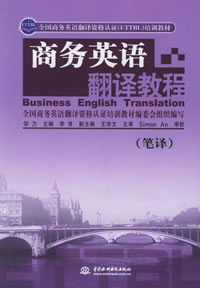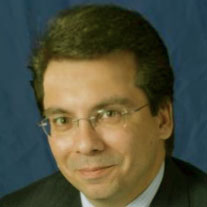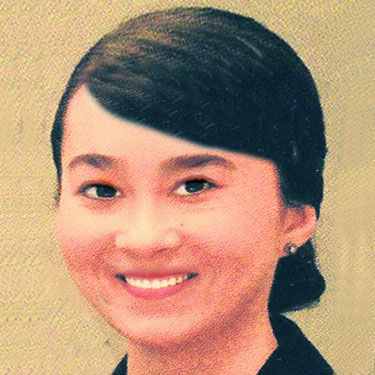职业翻译与有效的知识转化 (II)
作者:古龙 2009-07-04




语际翻译公司 转载请注明https://www.scientrans.com
∗本栏目部分文章内容来自互联网,部分已经过本站编辑和整理,如有版权事宜请联系Email/MSN jesczhao@hotmail.com
4. Problem Identification / / / / /
5. Comprehension monitoring / / / / /
6. Ability evaluation / / x / x
7. Self-monitoring/Production monitoring / / / / /
8. Performance evaluation
/ / / / x
B Affective Strategies
1. Encouraging yourself: Marking verbally the end of a paragraph and end of a task. x x x / /
C. Social Strategies
1. Empathising with others / x x / x
2. Asking questions / / / / x
d. Researcher's Proposed Translation Model
External processes of translation are situation-specific inasmuch as internal processes are unique to the individual. Based on the findings obtained from the internal translation process and the external factors involved in translation, the researcher has proposed a translation model which is shown in Figure 1. This translation model is divided into three phases: before, during and after the translation process and these are discussed below.
1. Before Translation: Here, the authorities at the publishing house apply and obtain the copyright approval for translating a chosen English-language science book to the Malay language. Then the prospective translator, who is a subject specialist is chosen. A contract is signed between the publishing house and the translator. A deadline is given to the translator to complete his or her translation task. If the chosen translator feels that he or she cannot complete the translation on a part-time basis, he or she is free to divide the chapters among his or her colleagues who are also subject specialists, but he or she must supervise their translation to ensure that there is uniformity and consistency of the terms used in the translated text. The translator gets his translation tools such as the bilingual and monolingual dictionaries, writing tools or computer, thesauruses, terminology lists etc. ready.
2. During Translation/Internal Translation Process. In this stage, the translator plans and organises his or her translation, that is, makes and implements decisions. First, the translator decides to read and comprehend the source language scientific text. Then he or she actually reads the text and summarises it. Next, he or she analyses the difficult keywords and phrases, paraphrases them and tries to find the most appropriate equivalent terms from two or three options identified in the target language which best suit the context of the situation of the scientific text and the culture of the target readers. Then he or she translates the source language scientific text sentence by sentence into the target language. Monitoring is also done after completing the translation of each sentence. Revision is done if deemed necessary. Then the translator evaluates his or her whole performance of the whole completed translated version against the original scientific text in the source language. Then he or she gives his or her colleagues to read the translated version for reviewing purposes and makes the necessary changes if necessary.
Figure 1
3. After Translation. Here the proofread translated text is submitted to the publication house for editing. Once the editors at the publication house have edited the translated text, it is returned to the translator who reads it again to ensure that the content has not been distorted or made ambiguous. Once the translator is satisfied with the translated and edited text, it is returned to the publication house for publishing. If there are any issues with the editing performed by the editors at the publishing house, then these are discussed between the parties. Once both parties have reached a consensus regarding the revision, the translated text is published and then marketed.
From the translation model depicted by the researcher in Figure 2, it is apparent that the translator starts the internal translation p
- 评论
- seme:文章内容文章内容文章内容文章内容文章内容文章内容文章内容文章内容文章内容 章内容文章内容文章内容文章内容文章内容
- seme:文章内容文章内容文章内容文章内容文章内容文章内容文章内容文章内容文章内容 章内容文章内容文章内容文章内容文章内容

- 谈翻译观念的嬗变与翻译技能的训练
2009-6-15 15:33:10 - 《高等学校英语专业英语教学大纲》中规定,大学生通过四年的在校学习,“能运用翻译的理论和技巧,将英美报刊上的文章以及文学原著译成汉语,或将我国报刊、杂志上的文章和一般文学作品译成英语……。译文要求忠实...
- 翻译与网络营销
2009-6-11 0:02:31 - Translation and Your International E-Commerce Strategy Most businesses realize that they ...
- 第四届IEEE生物信息与生…
2009-6-30 19:42:01 - 基本信息 主办单位: 四川大学,IEEE生物医学工程协会(EMBS) 承办单位 开始日期 2010/06/18 结束日期 截稿日期 2009/1...
- 第九届全国光电技术学术…
2009-6-30 19:35:58 - 基本信息主办单位: 中国宇航学会光电技术专业委员会承办单位 开始日期 2009/11/01结束日期 截稿日期 2009...
















